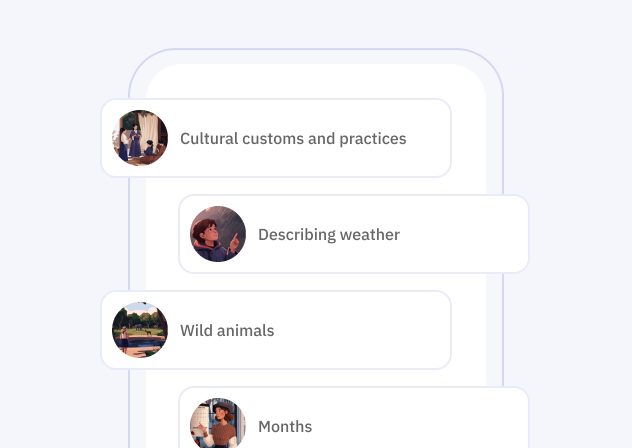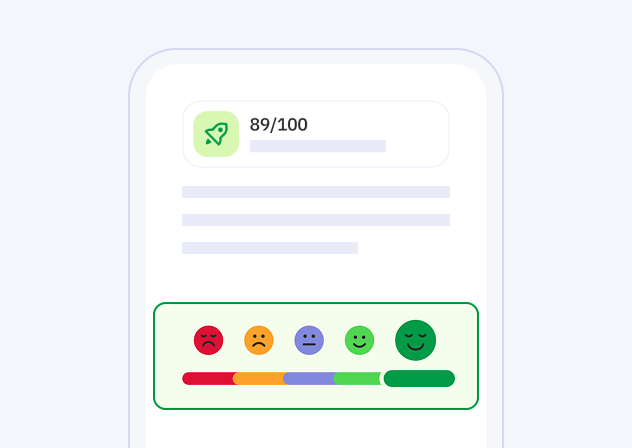The Future of Language Learning: Unraveling The Power of GPT and AI
Have you ever wondered how you, a human, can multitask, process information, and learn a new language, yet a machine falls short when tasked with the same duties? Well, the arrival of Language Learning GPT and artificial intelligence (AI) in our world has begun to answer this question with fascinating results.

The most efficient way to learn a language
Try Talkpal for freeUnderstanding Language Learning GPT
To begin this discovery journey, we must first understand what lies beneath the world of GPT, a Generative Pre-training Transformer. It’s an AI machine learning model that uses sequences of data, like sentences, to predict the next element in that sequence. In essence, it’s learning patterns, but not just any patterns – language patterns. For instance, by analyzing countless sentences, it starts to understand the likelihood of certain words following others. It’s like a child learning a language, where absorption of patterns leads to gradual and incremental understanding.
Where AI meets Language Learning
Imagine a world where you could converse with your computer in any language – where the boundaries of communication disappear, and language barriers no longer exist. That’s where we are headed, thanks to the marriage between AI and language learning. Embracing the technologies that propel GPT permits machines to appreciate, comprehend, and learn human languages, thus elevating our teaching and learning experiences.
Advancements in AI-Language Learning – GPT at Play
AI’s role in language learning is not just about creating sophisticated translators or conversation bots; it’s much more. Have you ever tried to learn a new language, and then find yourself struggling to understand the contextual essence? AI, armed with GPT, gradually unlocks contextual understanding simply because it’s trained on vast swarms of text data. It understands that certain words have different meanings in different contexts, which is a giant step up from our traditional language learning methods.
Customized AI Learning Experiences – Feat of GPT
GPT-powered AI systems offer personalized language learning experiences, adapting intelligently to the learner’s skill level and learning style. It’s like having a personal language coach, focused solely on your progress. When you’re learning, doesn’t it feel better when the teaching style is tailor-made to suit you? That’s exactly what GPT brings to the table.
Enhanced Proficiency Testing with GPT
Another intriguing advancement is proficiency testing. Evaluations are a key part of the learning process. AI-equipped with GPT ensures that assessments are not just about right or wrong answers, but understanding the context and usage. The goal transcends beyond teaching a language to teaching how to effectively communicate using the language.
Fostering Global Connections with Language Learning GPT
The exciting potential of GPT in the language learning sector extends beyond classrooms. Whether it’s for business, travel, or culture–mastering a new language fosters global connections. The AI-guided process makes language learning more enjoyable, contextual, and deeply comprehensible.
Overcoming Challenges in GPT Application
While GPT holds great promise, it’s not devoid of challenges. The model may sometimes generate inappropriate content, struggle with fact-checking or be biased based on the input data. However, with continuous research and refining, we can optimize these models for more effective and responsible uses.
The Road Ahead for GPT and AI-Language Learning
Artificial intelligence, machine learning, and GPT specifically, are transforming the language learning landscape. Instead of replacing teachers, they equip them with better tools to provide more engaging and efficient lessons. As AI continues to learn the complexities of human language, we can anticipate a future with a more refined and inclusive communication scope.
Conclusion
When AI and GPT dance the tango, not only are they complementing each other’s strengths, but they’re also creating a revolution in the field of language learning. By intelligently analyzing and learning patterns in languages, AI is transforming the way we learn and communicate. The beauty lies in the unraveling, as we witness the frontiers of language learning expanding in ways we never imagined before.
The most efficient way to learn a language
Try Talkpal for freeFrequently Asked Questions
What is GPT in AI language learning?
How does AI contribute to language learning?
Are there any challenges in using AI and GPT in language learning?
What future advancements can we expect in AI language learning?
Can AI replace human teachers in language learning?
The talkpal difference

Immersive conversations
Each individual learns in a unique way. With Talkpal technology, we have the ability to examine how millions of people learn simultaneously and design the most efficient educational platforms, which can be customized for each student.

Real-time feedback
Receive immediate, personalized feedback and suggestions to accelerate your language mastery.

Personalization
Learn via methods tailored to your unique style and pace, ensuring a personalized and effective journey to fluency.







